Offset printing is the most generally utilized method today, and has numerous points of interest over different types of printing, particularly when we need high and reliable picture quality. It is great for business cards, letterhead, catalogs, books/booklets, business forms, flyers, brochures, calendars, invitations and so much more, and it also offers the best price per piece when it comes to the printing industry.
This is a process utilized for imprinting on flat surfaces, using plates. An image is moved to an offset plate that is chemically treated to allow only image areas will accept the ink. Water and ink are applied to the plate. Due to the synthetic treatment, the ink just “sticks” to the image areas which rejects the water. The area without the images reject the ink, and the images with the ink are moved or transported from the plate to the surface of the blanket. The task of printing covers/blankets made of an exceptional multi-layer is to basically pass on the image or representation to the paper, and this is rehashed on each cardboard that is gone through the printing machine. At the point when a full-color job is printed, the cardboard is overprinted on four unique occasions on four separate printing units utilizing various colors.
Offset printing uses the process of four colors known CMYK;
- C stands for Cyan(it is a color in the blue/green spectrum)
- M stands for Magenta(this is a color in the red/blue spectrum)
- Y which stands for Yellow
- K stands for Key(mainly the black key plate)
TERMS ASSOCIATED WITH OFFSET PRINTING
- Aqueous Coating: this is a water-based coating that protects and intensifies the impressions required.
- Impression Cylinder: it is a cylinder that presses the cardboard on the Blanket cylinder, and it also transfers colors on the printed surface of the cardboard. Its rotation is in the opposite direction of the rotation of the blanket cylinder. The two cylinders ensure the transport of cardboards between them and printing.
- Color Management System(CMS): this is a computer software package, and it was created to coordinate scanners, monitors, printers, and printing machines, to ensure a certain form of uniformity throughout the manufacturing process of printing.
- Chromo Paper: this is a type of paper with wood pulp or rag paper coated on one side, with a water-resistant coating.
- Foundation Solution: It is a mixture of water and chemicals used for wetting offset printing plates, and it prevents the acceptance of color in the field without ink.
- UV inks: After the drop of UV ink is moved to the surface printed, the UV light causes the polymerization of colors, and this hardens the ink.
- Color: It contains certain chemicals, photoinitiators, and this accelerates the polymerization, this is why the ink dries up immediately it is exposed to UV light.
- Duplex Board: it is a multi-layered paperboard that has a gray intermediate layer, and gray back wood free is coated on one side.
- Ink Volume: this is the amount of ink applied to the surface of the substrate. The amount applied is very important if you want to achieve the desired impression, and this depends on the raster.
Raster: this is a series of parallel lines, and it defines the number of lines per vertical, the slope of the lines by generating roller. Raster graphics are images created digitally to serve as a set of samples of a given space. It is a basic grid of X and Y coordinates on a display space. A raster image file provides information on which coordinates to illuminate in either monochrome or color values.
How It Works
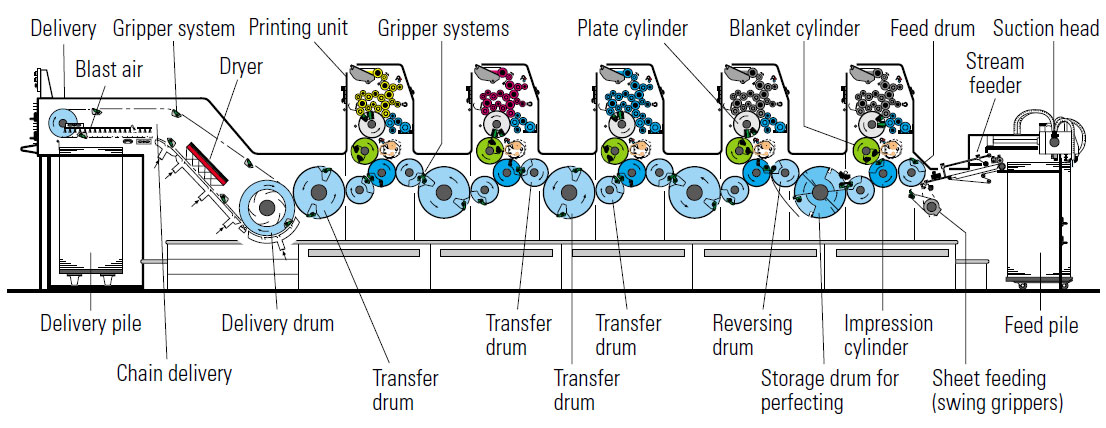
Offset printing is a common printing technique whereby an inked image is transferred from a plate onto a rubber blanket, then later onto paper, and this process is a lithographic process. Lithography is a process that is based on the repulsion of oil and water.
Any image that is offset printed is separated into fundamental colors( An example is assuming a 4 color job, a brochure which contains text and images. There are certain times when there is only one or two colors, other times you can find even six or eight.)
The brochure is broken down into primary printing colors, these colors being cyan, magenta, yellow, and black(CMYK), and computers have made this process easier. The image is eventually broken down into these four colors, and four separate plates are created.
A plate consists of certain areas that are receptive to grease and areas that are receptive to water. The areas that are open to grease hold the ink while the other areas pull in water and repulse the ink, and the plates are put on to a press. The press pulls in the ink and makes sure that it puts it onto the plate.
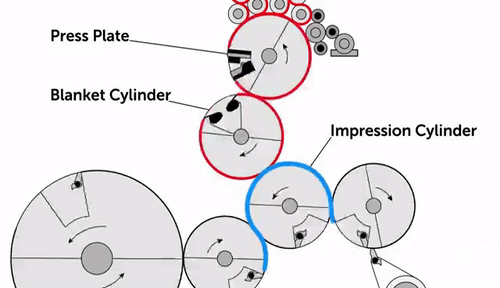
From the ink fountains, the press pulls the ink and puts it onto the plate. The press applies an incredible amount of pressure to the plate and the ink engraves the image from the plate onto a rubber blanket. The image is later pressed onto the paper off the blanket to make a print available. After printing these four colors onto each other the image comes back together and looks the same way it did in the initial PDF provided. Of course, this process happens really fast and because of this many impressions can be made from any set of plates. This is an efficient process and it lends itself very well to various long runs over a period of time.
Offset printing technology is at a higher level than any other printing technique because:
- Investment: This printing technique is known as the cheapest technique to create quality printed products in industrial quantities.
- Fast and Simple: It offers fast and simple construction of printing plates, even though the technique itself is cheap.
- The durability of the printing plates: The plates used in offset printing usually lasts for a good amount of time. This is because the print surface and printing plate do not come into straight interaction.
Long-lasting Quality End Result: The results gotten from this technique is precise and clean, unlike other different techniques that present undetermined stages of quality. You can see clear illustrations that can be predicted with every printing job because the fine layer of rubber adheres to the printing surface.

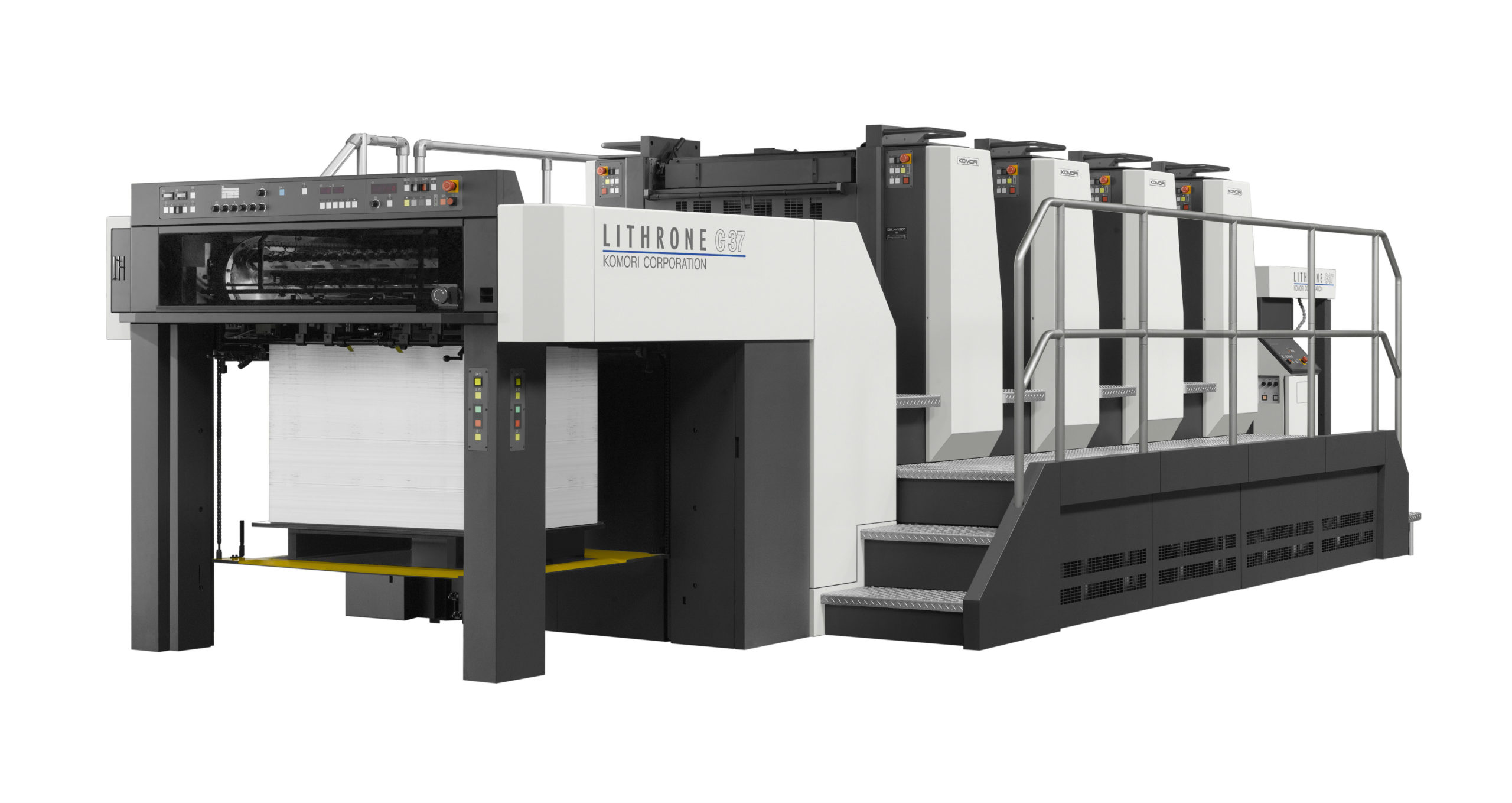


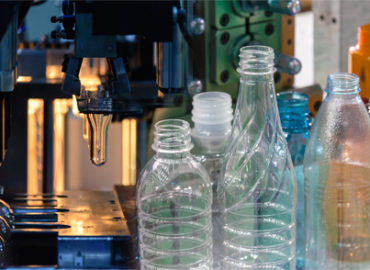
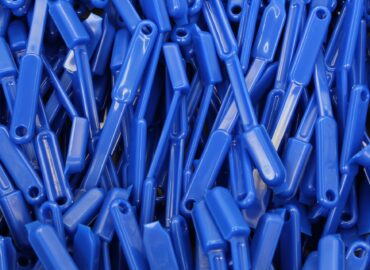
Thank you very much for the information provided
I’m very impressed